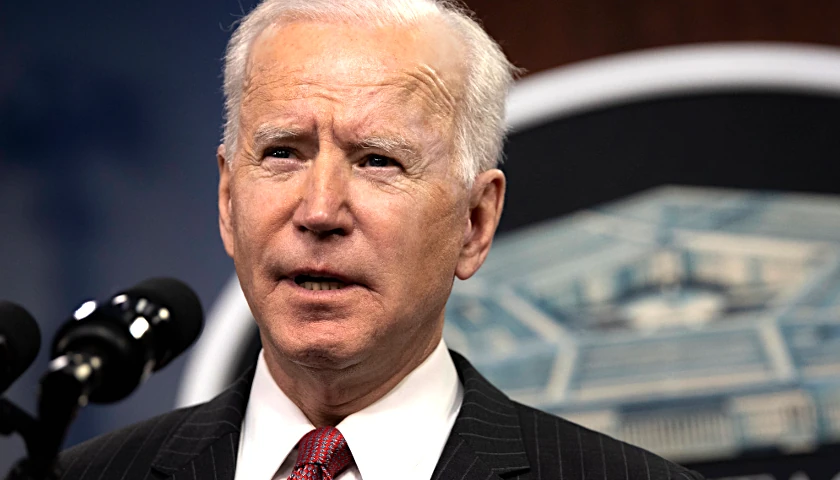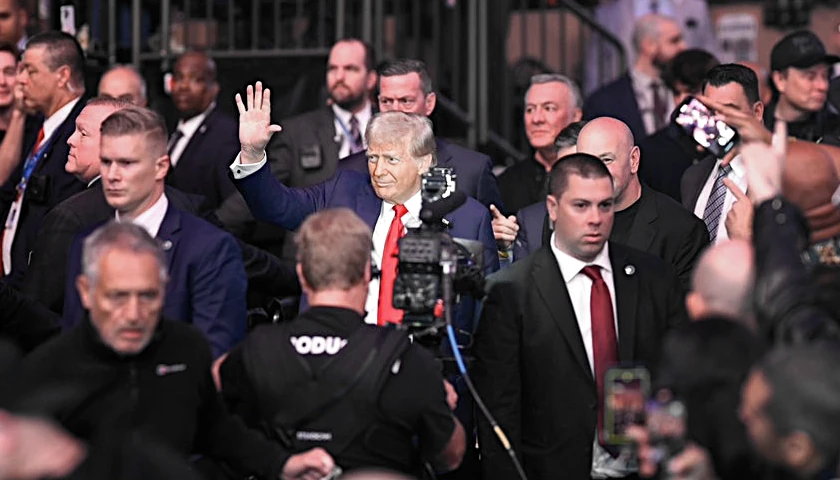by CHQ Staff
Universal Pictures’ chose Oscar-winning French director Damien Chazelle and Canadian actor Ryan Gosling to lead “First Man,” the story of the American National Aeronautics and Space Administration’s quest to land a man on the moon.
The story line focuses on astronaut Neil Armstrong and the years 1961 to 1969 when the taxpayers of the United States spent billions of dollars to send Armstrong and fellow astronaut Buzz Aldrin to the Moon.
What was the most photographed moment of the first two and a half hours man spent on the Moon was when Armstrong and Aldrin planted the American flag at Tranquility Base and saluted it. The problem with First Man is, America, and the American flag, get left entirely out of Chazelle and Gosling’s movie.
Ryan Gaydos of Fox News reports Ryan Gosling, the Canadian actor who portrays Armstrong in the movie, defended the decision to not show the flag in an interview with the UK’s Telegraph.
Gosling was asked at the Venice Film Festival whether omitting the scene was deliberate and the actor attempted to sidestep the question by responding that the moon landing “transcended countries and borders.”
“I think this was widely regarded in the end as a human achievement [and] that’s how we chose to view it,” he told reporters. “I also think Neil was extremely humble, as were many of these astronauts, and time and time again he deferred the focus from himself to the 400,000 people who made the mission possible.”
Gosling said he didn’t think Armstrong “viewed himself as an American hero.”
“From my interviews with his family and people that knew him, it was quite the opposite. And we wanted the film to reflect Neil.”
That’s quite an interesting take, considering that the American flag is the one symbol that represents all 400,000 Americans who helped put Neil Armstrong on the Moon.
What’s more, while Armstrong was America’s first civilian astronaut to fly in space, he studied aeronautical engineering with his college tuition to Purdue University paid for by the U.S. Navy; he became a midshipman in 1949 and a naval aviator the following year.
As a Lieutenant (j.g.) naval aviator, Neil Armstrong saw action in the Korean War, flying the Grumman F9F Panther, America’s first carrier jet, he was shot down. Bailing out safely. Armstrong later became a fighter test pilot for the United States military.
While It’s important to remember Neil Armstrong as the first of mankind to walk on the Moon, Apollo 11’s Moon landing was the culmination of decades of work by hundreds of thousands of Americans working across dozens of science, technology, and engineering disciplines.
And let’s not forget the American taxpayers.
Writing for an article in Extremetech.com, Sebastian Anthony reported that in 2009, NASA looked back at the cost of the Apollo program in its entirety and arrived at a figure of $170 billion in 2005 dollars (or around $200 billion adjusted to when Mr. Anthony wrote the article).
NASA’s funding peaked at a massive 4.4% of the federal budget in 1966 in the run-up to the Moon mission. Between 1975 and 2000 Mr. Anthony reported NASA’s budget generally floated at around 1% of the federal budget, and since the mid-90s it has slowly declined to just 0.5%. Today, NASA is targeted to receive just 0.4 percent of the $4.407 trillion FY 2019 federal budget.
Neil Armstrong was right to call his historic first step a giant leap for mankind, but there’s no arguing that it was an American achievement – flown by an American, built by Americans and paid for by Americans.
Today, the National Aeronautic Space Administration budget for FY 2019 is $19.5 billion, that’s slightly higher than previous years’ budgets. It will receive an additional $400 billion from supplemental funds reports Kimberly Amadeo writing for thebalance.com.
According to Ms. Amadeo, President Trump wants to redirect $10.5 billion toward returning humans to the Moon. It will serve as a base for human missions to Mars and deep space. The first goal is to conduct an unmanned mission by 2020. Humans will orbit the Moon by 2023. NASA will also send robotic missions to the Moon’s surface and establish a lunar space tug in 2022. The space agency will use robots to visit Mars in 2020, and to fly by Jupiter’s moon Europa.
The U.S. government funds NASA using federal revenue from income, corporate, and other taxes paid by Americans. If these space exploration goals are accomplished, it will be because Americans pay for them and Americans build them.
Setting aside the suspicion that leaving out raising the American flag on the Moon was an anti-American political statement, failing to recognize the fact that the Moon landing was a project of the American people, not a one man show, leaves some of the most important parts of the First Man story on the cutting room floor. We’re giving First Man a skip, and we urge CHQ readers and friends to do the same.




